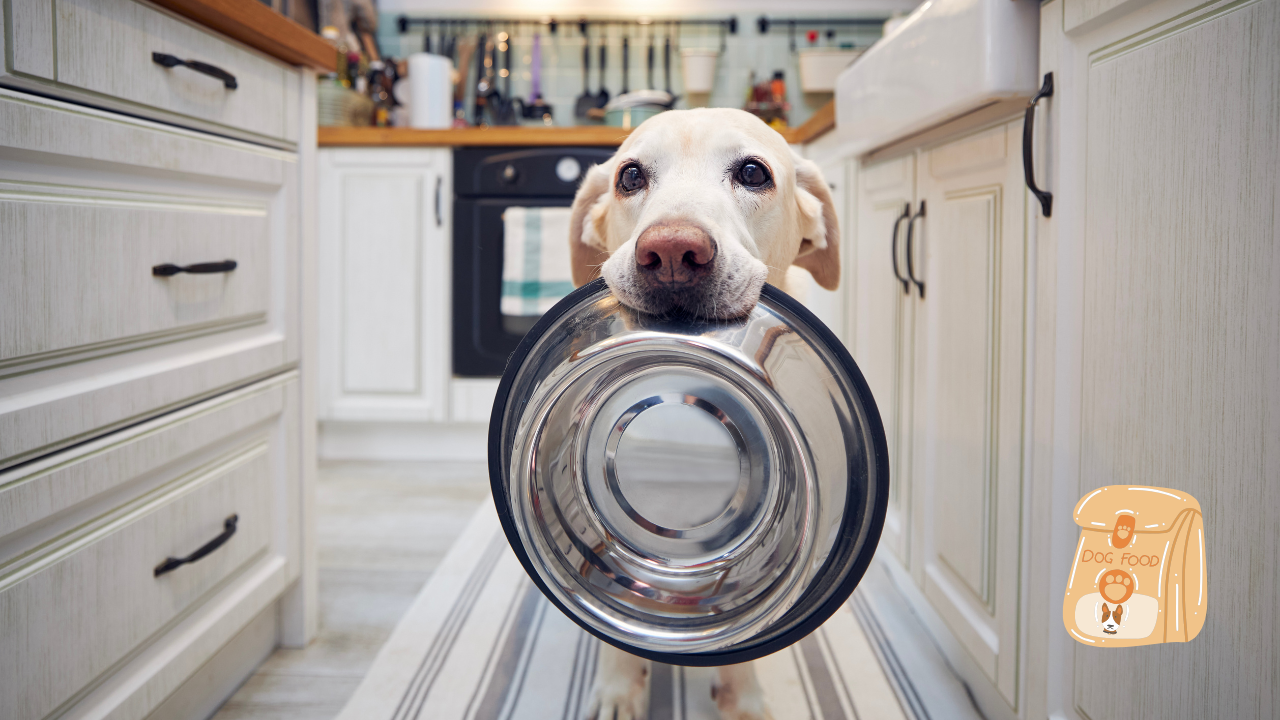Dog owners are passionate about what goes into their pets’ bowls, and for good reason. Nutrition shapes everything from energy and digestion to skin, coat, and long-term health. But between raw, fresh, and kibble diets, the advice can be confusing and sometimes judgmental. Truth is, every dog and every household is different. Understanding what sets these diets apart makes it easier to pick the one that works best for both of you.
What Each Diet Really Is
Before we compare, let’s define pet diet types.
Fresh Dog Food consists of whole-food meals made with human-grade ingredients such as real meat, vegetables, grains, or grain-free alternatives. These meals are gently cooked (through steaming or low-heat baking) to eliminate pathogens while retaining nutrients and are then refrigerated or frozen. You can order pre-portioned meals like those from Rayne or My Pet Grocer, or prepare homemade recipes. Fresh food balances quality ingredients with cooking safety.
Raw Dog Food follows the principle that dogs should eat like their wolf ancestors: uncooked meat, bones, organs, and sometimes vegetables. The idea is that cooking destroys vital enzymes and nutrients. Raw diets are available as pre-made frozen patties, freeze-dried options, or DIY meals made with grocery store ingredients. Kuri explores how raw feeding aims to mimic ancestral diets, while acknowledging important considerations around modern dog nutrition.
Kibble is dry, shelf-stable food made by cooking ingredients at high temperatures and then forming them into the familiar crunchy nuggets. It’s been the standard for generations because it’s convenient, affordable, and has a long track record. Modern premium kibbles are formulated by veterinary nutritionists to meet AAFCO standards for complete and balanced nutrition.

How They Differ
The main differences among these diets come down to processing, nutrition, safety, digestibility, and practicality.
Processing and Nutrient Retention
Fresh food uses gentle cooking methods like low-heat steaming or baking, which destroy pathogens while preserving much of the food’s original nutritional integrity. You get the reassurance of cooked food without the heavy processing of kibble.
Raw food skips cooking entirely, which preserves heat-sensitive nutrients and enzymes. Still, PetMD notes that dogs produce their own digestive enzymes, and the supposed benefits of dietary enzymes in raw food remain largely unproven.
Kibble undergoes high-temperature extrusion, which can reduce some nutrient content, but manufacturers add vitamins and minerals back after processing. In many cases, this process also improves how well proteins and carbohydrates can be digested, especially in high-quality brands.
Raw Food Safety Concerns
This is where the conversation gets serious. Raw diets pose a documented risk of bacterial contamination. Uncooked meat can carry Salmonella, E. coli, and Listeria, all of which can infect dogs and spread to people through saliva, bowls, or household surfaces. This can be especially risky for families with small children, elderly members, or individuals with weakened immune systems.
Fresh food eliminates most of these concerns by cooking ingredients to safe temperatures, while still offering premium ingredient quality. Kibble, thanks to its high-heat production, is also extremely safe from a microbial standpoint. Although recalls happen occasionally with any commercial pet food, the risks are comparatively low.
Digestibility and Stool Quality
One study observed that both fresh and raw diets typically result in smaller, firmer stools compared to kibble because of the higher digestibility and bioavailability of whole-food ingredients. Many pet parents notice this difference within days of switching.
That said, premium kibbles are also formulated for high digestibility, and many dogs do perfectly well on them.
Cost and Convenience
Kibble wins decisively on both convenience and cost. It stores easily at room temperature, travels well, and fits almost any budget. Fresh food requires refrigeration or freezer space and costs significantly more per serving. Raw feeding demands dedicated freezer space, careful thawing, and meticulous cleaning protocols to prevent cross-contamination in your kitchen.
Quick Comparison Table
| Factor | Fresh Food | Raw Food | Kibble |
| Processing | Gently cooked, refrigerated | Uncooked, frozen, or freeze-dried | High-heat extrusion, shelf-stable |
| Nutrient Quality | High retention through gentle cooking | Maximum retention (no cooking) | Good (nutrients added back after processing) |
| Safety | Very safe (cooking kills pathogens) | Higher bacterial contamination risk | Very safe (heat processing eliminates pathogens) |
| Digestibility | High (whole foods, minimal processing) | High (natural form) | Moderate to high (depends on ingredient quality) |
| Cost | High | High | Low to moderate |
| Convenience | Moderate (refrigeration required) | Low (freezer space, careful handling) | High (easy storage, long shelf life) |
The Best Dog Food
Your right choice depends on your dog’s life stage, health circumstances, and your actual day-to-day reality.
Fresh Food Works Well For:
- Dogs with sensitive stomachs or food allergies, where you need complete ingredient control
- Picky eaters who need extra palatability
- Owners who want premium nutrition with lower safety risks than raw
- Households with young children or immunocompromised members
- Dogs recovering from illness who need highly digestible meals
Choose fresh food if you can manage the cost, refrigeration, and meal planning. It offers excellent nutrition and peace of mind.
Raw Feeding May Suit:
- Healthy adult dogs with robust immune systems
- Owners committed to strict food safety practices and thorough kitchen sanitizing
- Households without vulnerable family members (young children, elderly, immunocompromised)
- People who have researched proper nutritional balance for DIY raw diets
- Those who genuinely enjoy the hands-on preparation process
Skip raw if you worry about cross-contamination or if maintaining strict hygiene feels unrealistic. Raw food safety risks may outweigh the benefits for many households.
Kibble Makes Sense For:
- Most dogs at any life stage, when you choose quality brands meeting AAFCO standards
- Busy owners who need convenient feeding solutions
- Multi-pet households where feeding logistics get complex
- Budget-conscious families
- Dogs who travel frequently or need boarding
- Dogs that thrive on it with no health issues
There’s no shame in feeding kibble. Many veterinarians feed it to their own dogs. The key is choosing reputable brands like Rayne and My Pet Grocer formulated by experts that match your dog’s specific life stage and needs.
Final Thoughts

Your dog’s best diet is one that keeps them healthy and fits your daily life. Whether you choose raw, fresh, or kibble, consistency, safety, and balance matter more than trends or online opinions. Watch your dog’s real health signals: a shiny coat, steady energy, regular stools, and a healthy weight.
Feeding your dog shouldn’t be a source of stress or guilt. Instead, focus on what you can maintain confidently and safely. Talk to your veterinarian about your dog’s needs, be honest about your budget and time, and choose a plan you can stick with. That’s what responsible pet care truly looks like.

